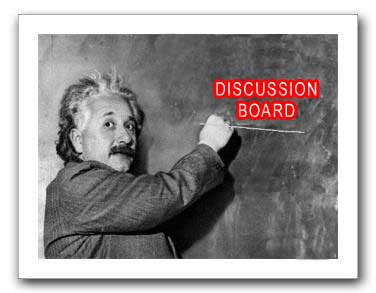Q: "What is the nitrate?"
|
Week 10 Resources/ Assets
|
|
Updated November 2, 2018
Please make sure you READ everything on this page or you will miss important details. I will archive past weeks Announcements pages for a limited time only under the Trimester 1 tab, if you need to go back to a particular weeks information for any reason. Week 9 Summary On Tuesday, we discussed in class both monatomic and polyatomic ions. Recollect that by looking at the periodic table of elements, you can determine what kinds of monatomic ions will form, based upon the "Group" their respective elements fall under.
Upcoming Week 10 Next week we will complete Chapter 6 by discussing the following sections:
Since we are completing Chapter 6 on Tuesday, Test #2, covering Chapters 5 and 6 will be due Tuesday, November 13th. That exam will be sent to your parents emails next week. Please see them for the exam. |
So that you are adequately prepared for classes next week, please complete the following:
Tuesday's class - November 6th:
|



